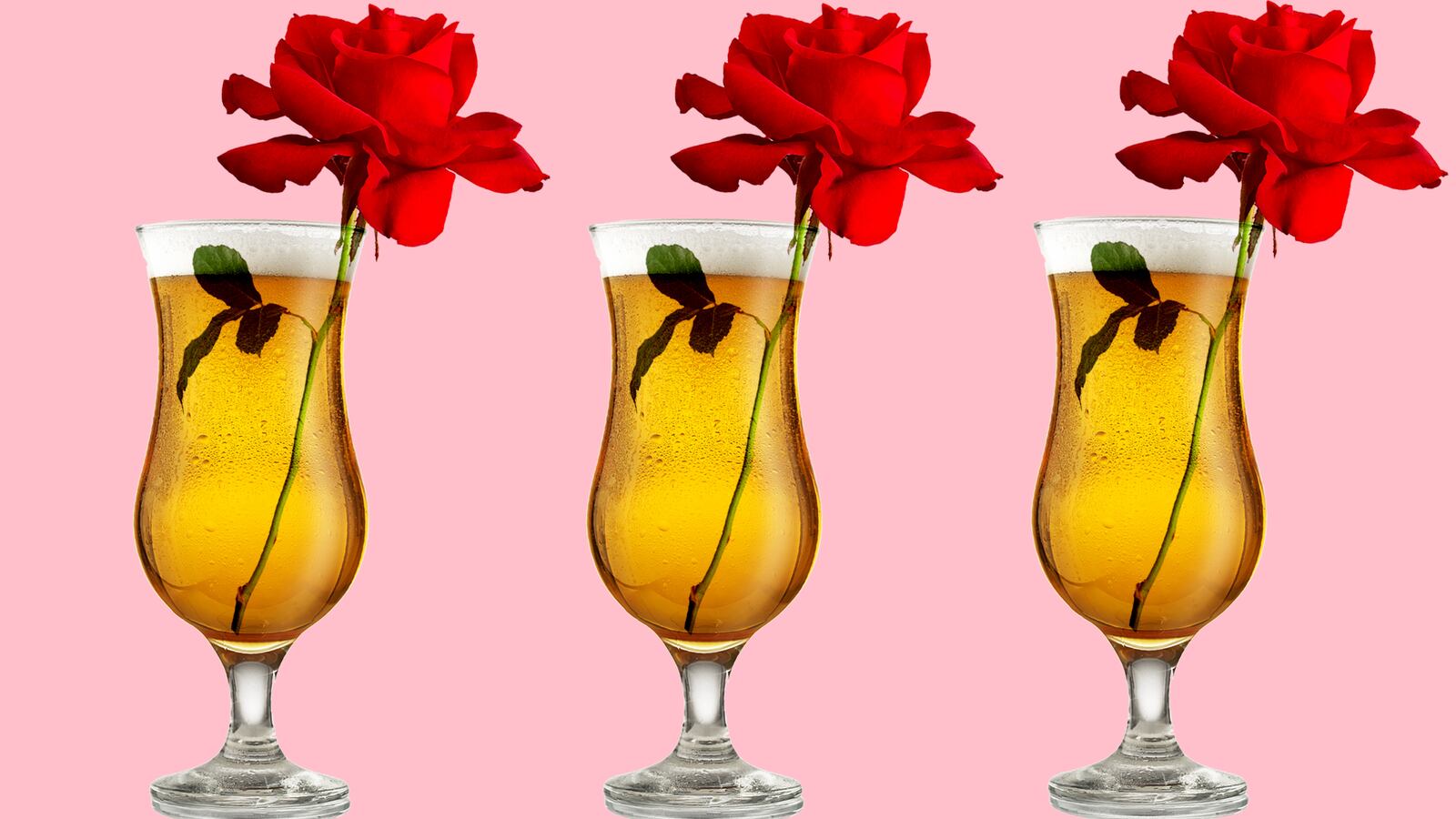Given the impressive variety of beers on store shelves these days, boredom is far from a concern. But if a team of Belgium microbiologists is successful, our current selection is about to grow exponentially.
The project, led by Johan Thevelein and Maria R. Foulquié-Moreno, microbiologists at the University of Leuven in Belgium, centers on unlocking two genes that allow beer yeasts to produce floral aromas by using genetic analysis and targeted gene splicing. Using the technique, the team was able to produce a rose-scented beer.
The research, which was just published in science journal mBio[D1] , gives brewers a new palette of yeasts to create a range of novel beers. While brewers already cultivate different yeasts for different beers, the underlying genetics that allow yeasts to produce distinct aromas is mostly unknown and not well studied. Yeasts can produce more than 500 unique scents and flavors, says Foulquié-Moreno, which means the potential beer menu of the future just got very diverse.
“There aren’t that many labs out there doing yeast and flavor work related to brewing yeast,” Christopher Curtin, a brewing microbiologist at Oregon State University who wasn’t involved in the research, said. “It has a potentially significant impact if it makes brewers think about an additional flavor that they can get out of their yeast.”
For the rose beer, the team had to determine which genes control the production of the rose scent molecule, phenylethyl acetate. The first step was breeding a unique yeast strain from two genetically similar parents. Neither of the parent yeasts produced the rose scent, but the offspring of the hybrid yeast did. So the team sequenced the entire genomes of both parents and the offspring of the hybrid strains. By comparing the genomes, they were able to determine which genes took a different form in the hybrids to create the rose scent. It turned out that there were, actually, two genes that combined to produce high amounts of rose scent.
One of the genes that helps create a rose aroma is typically known for its role in fatty acid production, and had never been linked to aroma production before. “It’s always really interesting when it turns out that genes you wouldn’t think of having a direct relationship with a flavor compound — the rose aroma trait — they’re not obvious,” Curtin said. Because the mutation itself isn’t common, the particular hybrid strain is unusual.
After identifying the mutations, the research team used CRISPR/Cas-9 to replace the two normal forms of the genes found in one of the parent yeasts with the mutated form the hybrids inherited from the other parent. Once the mutated versions were swapped in, the parent yeast suddenly began producing more rose-scent molecules. “It’s a really cool technique,” Foulquié-Moreno said. Since CRISPR only changes the targeted genes, it allows researchers to test the impact of mutations like these, without changing anything else about a yeast. As a tool to validate genetic relationships, it has a big impact, noted Foulquié-Moreno: “These are complex traits that we can examine in a reasonable amount of time.”
It only takes a year or two for new yeast to move from the lab bench to being commercially available for brewers, Curtin said. To him, the lure of CRISPR is that it speeds up the research phase, allowing researchers to identify and confirm the existence of genes that have novel effects.
The particular rose-scented yeast is still going through the breeding process to develop a non-CRISPR strain, Foulquié-Moreno said. (The use of gene splicing for beer production is in the process of being patented for the VIB lab, and brewers can reach out to buy rights to use them.) As for wine that's got a hint of rose? In the near future, you might be considering that as a viable alternative to a dozen long-stemmed ones come Valentine's Day.




